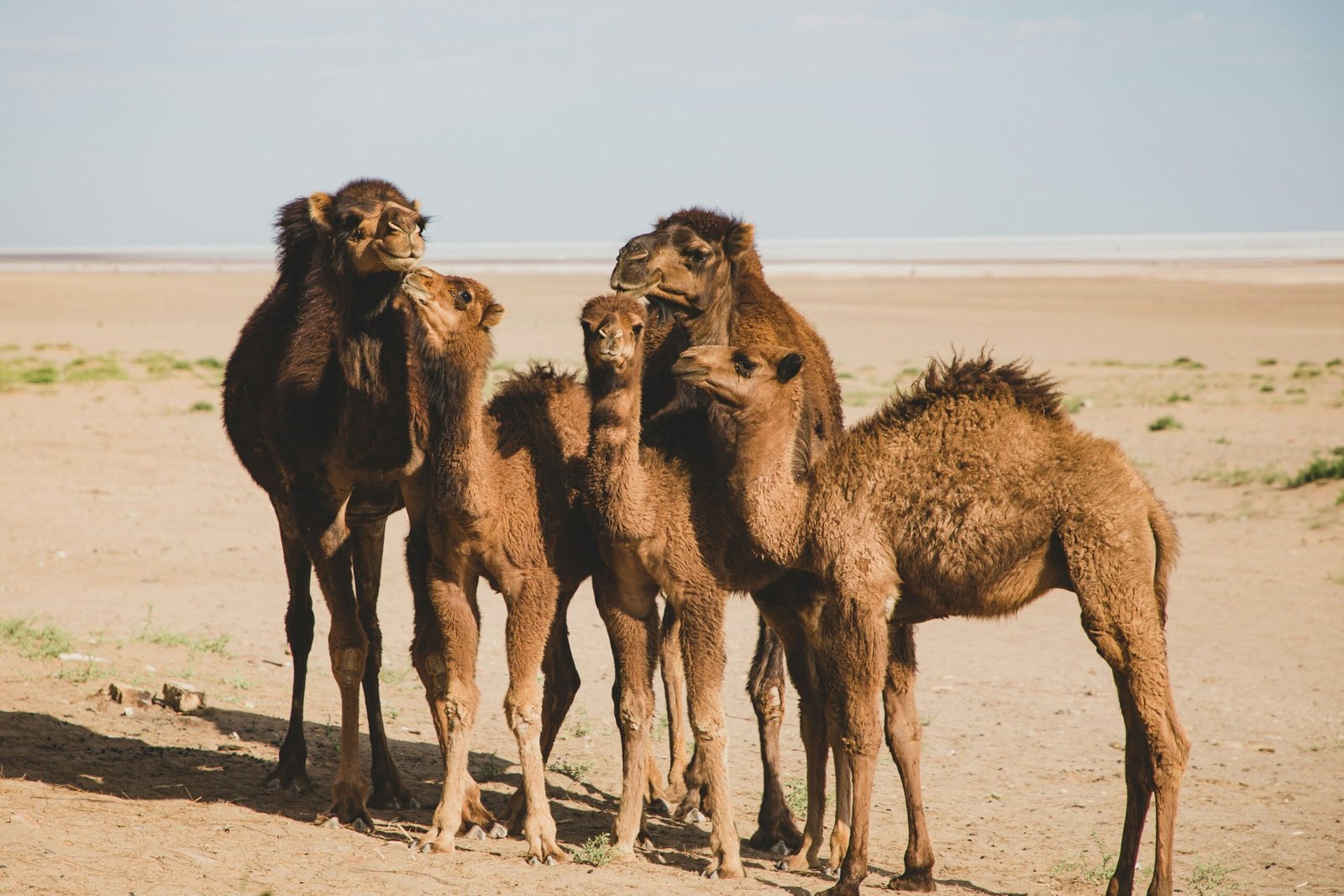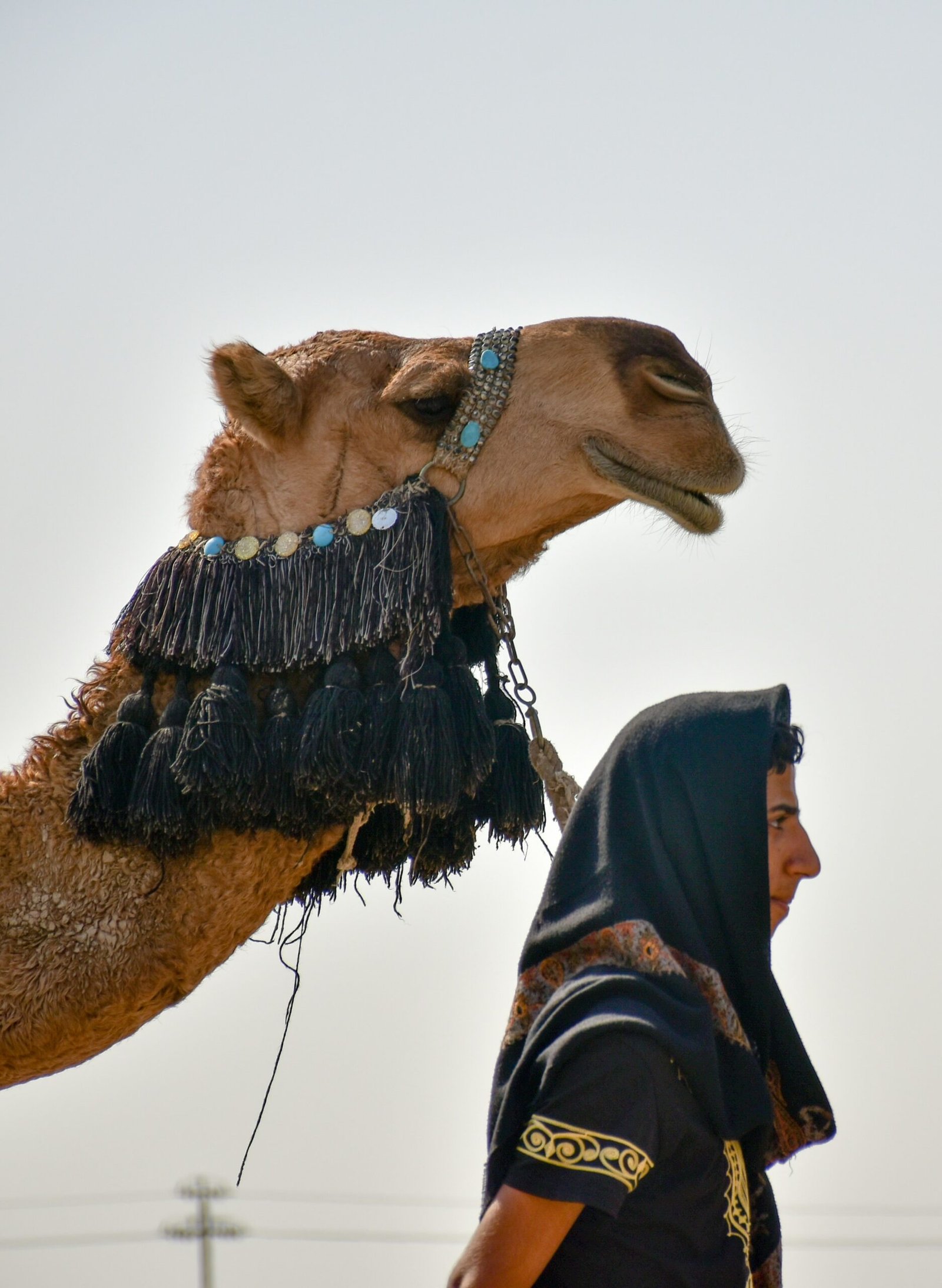I. Introduction
The process of domestication has had a profound impact on human history, transforming wild animals or plants into forms that can be cared for and cultivated by humans. This process has played a crucial role in the advancement of civilization, allowing human societies to thrive and evolve. Camels, known for their resilience and adaptability in harsh environments, are among the most intriguing subjects of domestication.
Camels are often associated with the vast, arid landscapes of the desert. Their unique physiological adaptations enable them to not only survive but thrive in these extreme conditions. Features such as humped backs for fat storage, long legs to keep their bodies away from the hot desert sand, and the ability to drink large amounts of water at once to combat dehydration have all contributed to their ability to thrive in such challenging environments.
Furthermore, the humped back of camels serves as a storage unit for fat, which can be used as an energy reserve during periods of scarce food and water supply. Their long legs help them navigate through the shifting sands without sinking, and their ability to consume large volumes of water at one time allows them to stay hydrated for extended periods.
II. Origins of Camel Domestication
Camel domestication is an ancient practice that dates back thousands of years. While the exact timeline remains a subject of debate among archaeologists and historians, it is generally agreed upon that this transformation occurred between 3,500 and 3,000 BC. Evidence of this can be found in fossil remains, ancient texts, and artistic depictions, providing a vivid glimpse into our ancestors’ relationship with these resilient creatures.
The Arabian Peninsula is believed to be the birthplace of camel domestication. The harsh desert environment of this region necessitated the development of efficient transportation methods, leading to the domestication of camels. Over time, the practice spread to other arid regions such as North Africa and the Middle East. Various civilizations, including the Persians, Egyptians, and Romans, played instrumental roles in the domestication process, further shaping the evolution of camel breeds and their uses.
III. Advantages of Domesticating Camels
Camels were primarily domesticated due to their remarkable adaptability to harsh environments. Their ability to endure extreme temperatures, from scorching heat to bitter cold, made them ideal companions for nomadic tribes who constantly traversed vast and unforgiving terrains.
The adaptability of camels made them invaluable in transportation and trade. With their ability to carry heavy loads over long distances without frequent need for water or food, they became the perfect “ships of the desert.” This facilitated long-distance trade, especially along the Silk Road, contributing to the economic prosperity of many ancient civilizations.
In addition to transportation, camels have provided humans with a source of food and other products. Their milk is highly nutritious, and their meat is a staple in many cultures. The hair of camels can be used to make textiles, and their dung serves as a valuable source of fuel.
Moreover, camels possess a unique ability to convert the foliage of desert vegetation into energy, making them a sustainable and efficient source of sustenance in arid regions.
IV. The Process of Camel Domestication
The process of camel domestication was meticulous, often involving specific selection criteria. Potential candidates for domestication had to possess traits that were beneficial to humans, such as strength, endurance, and a calm temperament. It was also essential for them to be able to reproduce in captivity and have a diet that humans could easily provide.
Early societies employed various methods to tame camels, ranging from positive reinforcement practices such as feeding and grooming to more coercive methods like hobbling or tethering. Through selective breeding over time, a wide variety of camel breeds were developed, each with unique characteristics and adaptations suited to specific purposes and environments.
V. Cultural and Economic Impact of Camel Domestication
The impact of camel domestication on human cultures and economies cannot be overstated. These creatures reshaped nomadic lifestyles, enabling tribes to traverse vast distances and establish trade routes across continents. They played a crucial role in the growth of cities and civilizations, providing a reliable means of transportation for goods and people.
Camels have significantly contributed to the economic growth of societies. They played an essential role in the development of trade routes and the exchange of goods. Their endurance and adaptability made them ideal for long-distance trade, especially across deserts.
Even in modern times, camels continue to play a significant role in many societies. They are used for transportation, agriculture, and even tourism. Their milk is considered a delicacy in many cultures, and their leather and fur are utilized to make a variety of products.
VI. Challenges and Controversies
Despite the numerous benefits of camel domestication, ethical concerns have been raised regarding the treatment of these animals, particularly in relation to their use in tourism and racing. Captive breeding and conservation also present challenges, as they can sometimes result in genetic problems and a reduction in biodiversity.
Animal welfare is another challenge that needs to be addressed. While many societies have traditions and customs involving camels, it is crucial to ensure that these practices do not compromise the well-being of the animals. Striking a balance between cultural traditions and animal welfare is an ongoing issue that requires education and regulation.
VII. Future Prospects and Research
Research into camel domestication and genetics is an active field of study. Scientists are making significant advancements in understanding the genetic makeup of these desert dwellers. This knowledge could lead to improvements in breeding practices and potentially even new applications for camels in modern industries.
In terms of camel domestication, there is a growing interest in sustainable practices. Efforts are being made to improve animal welfare, preserve genetic diversity, and ensure the long-term survival of these remarkable creatures. As our understanding of camels and their needs increases, so too does our ability to care for them in a way that is both sustainable and beneficial for all involved.
VIII. Conclusion
The journey of camel domestication is a captivating one that spans thousands of years and countless generations. These remarkable creatures have not only adapted to some of the world’s harshest environments but have also played a significant role in shaping human history and development. As we continue to learn more about them and the benefits they offer, it becomes increasingly clear that their story is far from over. The enduring relationship between humans and camels is a testament to the power of domestication and the remarkable resilience of nature.











